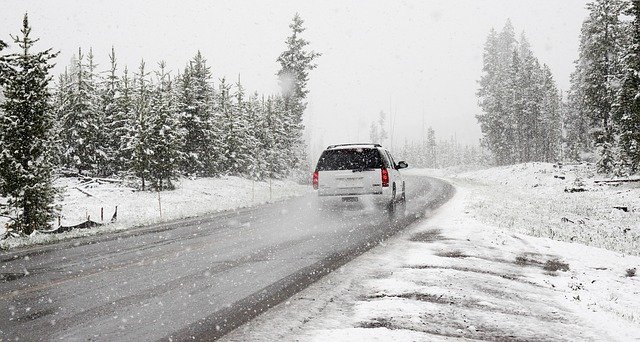The Search for Alternatives to Rock Salt
Every autumn cities and towns across North America and Europe begin stocking up on rock salt. They use the salt during the winter months to de-ice roads, parking lots, and sidewalks. Even homeowners buy a bag or two to keep around the house. Rock salt is indispensable for keeping drives and walkways clean and safe.
Unfortunately, rock salt is not the friendliest product for the environment. It harms vegetation and contaminates groundwater. It is no good for pavement or car bodies either. And of course, animals are not big fans of rock salt either. So there’s an ongoing search for alternatives.
There are other de-icing products we can use to keep our roads and walkways clean. None of them work as effectively as rock salt, which is why scientists continue to search for something better. Until they find it, de-icing rock salt suppliers also sell liquid de-icing products, sand, and other materials.
Rock Salt Basics
Rock salt works as a de-icing agent by taking advantage of its lower freezing temperature. As you know, water freezes at 32°F (0°C). Salt’s freezing temperature is significantly lower. Rock salt works by penetrating snow and ice and, as a result of the temperature difference between the two, causes the snow or ice to begin melting.
As the snow or ice melts, the resulting water mixes with the salt to create what is known as ‘brine’. Brine also has a lower freezing temperature compared to water. Thus, brine also encourages snow and ice to melt. The more melting that takes place, the more brine is created. More brine accelerates the melting process.
There are four different kinds of rock salt used for de-icing purposes:
-
Sodium chloride (NaCl)
-
Calcium chloride (CaCl)
-
Magnesium chloride (MgCl)
-
Potassium chloride (KCL)
There are two things all four kinds of rock salt have in common: chloride and the fact that none of them dissolves in water all that quickly. Chloride is problematic because it is caustic. The fact that rock salt does not dissolve quickly only exacerbates the damaging effects of chloride. As such, finding other alternatives is a priority.
Liquid De-Icers
Some communities rely on liquid de-icers for everyday use while reserving rock salt for severe storms and especially treacherous road conditions. A liquid de-icer is nothing more than one of the four rock salt products dissolved in water. Liquid de-icers work fairly well as a preventative measure and to handle the ice and snow produced by minor storms.
One of the advantages of liquid de-icers is that they are already, by default, in the brine form. This means they tend to act more quickly. They are also more thorough in that they spread more evenly across the road surface. Their main disadvantage is that they result in less salt actually being applied. This is why liquid de-icers are not as effective during major storm events.
Treating Roads with Sand
Sand is another product that communities use to treat their roads during the winter months. Some people mistakenly believe that sand melts ice and snow. It does not. So why use it? Sand is deployed primarily to increase traction. A well sanded road is safer to drive on than an untreated road.
You know that sand is gritty to the touch. Think of a single grain of sand as a ball with sharp points protruding from its surface. A whole bunch of sand grains together will adhere to ice and snow rather well. Likewise, car tyres will grip the salt as they travel over the top of it. The friction created between sand and snow, and then sand and car tyre, means less slippage.
An added benefit of sand is that it allows traffic to break up the snow and ice. How does that work? It is all about heat. As a car travels down the road, its tyres generate heat. That heat gradually causes snow and ice to start melting. Salt mixes with the water and subsequently makes it harder for the water to freeze. More traffic brings more melting until the road is clear.
The Fine Line of Safety and Eco-Friendliness
Communities that use a multitude of road treatments find themselves trying to walk a fine line of safety and eco-friendliness. They use salt because they know how effective it is for dealing with snow and ice. Yet at the same time, they also know that rock salt can be environmentally damaging.
It is a fine line that separates driver safety and environmental damage. Communities are gradually beginning to walk that line with more attention being paid to the environment. It is not that they are willing to compromise driver safety; it is that they are discovering that they don’t always have to use rock salt. There are other alternatives. To that end, scientists continue searching for a de-icing product that works as good as rock salt but are safe for the environment.

